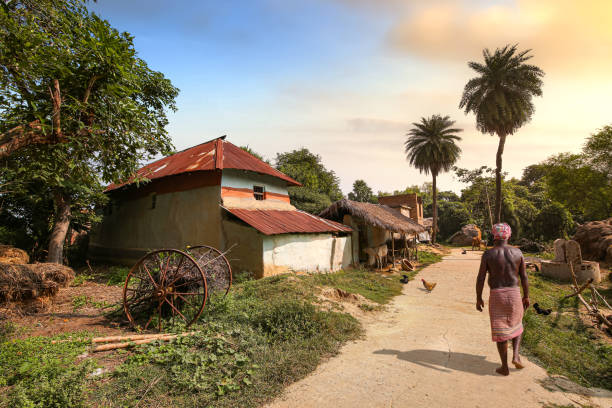The following excerpt has been taken from an essay titled ‘Prosperity Beyond Our Cities by Spreading Enterprise’ written by R. Gopalakrishnan, published by the Forum of Free Enterprise in 2007.
The term “Little India” has been used to refer to over 600,000 small towns and villages with a population less than 50,000.
India has had so much regulation that no amount of deregulation seems adequate. The chambers of commerce conduct conferences on subjects like “Is India Inc over-regulated?” If India Inc thinks so, imagine the situation in Little India.
There are many anecdotes about the feeling of hopelessness among the small town/rural population-about the lack of rural infrastructure, banks, schools, healthcare or transport to nearby towns, all of which are essential to support commerce and enterprise and the creation of jobs. I have traveled into small towns and villages to assess these feelings. I am shocked that it is a live story of economic deprivation, social injustice and hopelessness that big town folks like I cannot comprehend.
An IGP of police in UP once described to me the harsh social and economic realities he encounters every day. To my astonishment he concluded by saying “You folks from Delhi and Murnbai do not really live in India.”
Citizens who have worked in Little India have experienced these shocking standards of public service and governance. “For more than 50 years, successive governments have initiated several programs to deal with poverty, but they have not made any major dent in the economic and social status of hundreds of millions,” observes one such worker.
The various public schemes are not entirely useless; but the state of public services by corrupt governments and inefficient bureaucracies are far below the community’s needs. Looking at the way programs are managed by the government, these conditions are unlikely to change in the foreseeable future. So they may continue to appear useless for quite a long time.
The solution lies in leveraging the natural spirit of enterprise among the people of Little India by empowering them more. Intuitively it sounds like a worthy approach. Despite legislation and public pronouncements to delegate power to the communities in Little India through decentralized governance, our system has found it difficult to do.
There is of course a debate to be had on the practical merits: are the people capable, can they take care of their self-interests, will local ‘lords’ spirit away public money from the community? These are valid concerns and, as I have pointed out earlier, the debate was had even sixty years ago.
Intellectuals and bureaucrats in the urban areas make the decisions about Little India. They are intrinsically more interested in subjects like organized industry, foreign investment, stock markets and so on.
The issue of Little India’s economic growth continues to be partially attended. Something has to change. But having tried other alternatives in the past, it is now time to do something different.
However, we cannot replicate the dramatic effects achieved in industrial and urban India by the single act of scrapping industrial licensing. Being rooted in society and politics, Little India’s change agenda will be somewhat evolutionary. But the time has come.
Robert Reich, a professor of public policy, observes, “Democracy means more than a process of free and fair elections. Democracy is a system for accomplishing what can only be achieved by 12 citizens joining together with other citizens.” The role of capitalism is to enlarge the economic pie. The slicing up of the economic pie is the role of governance and democracy.

